Physics
Sign up for our newsletter
We summarize the week's scientific breakthroughs every Thursday.
-
 Physics
PhysicsA new device can produce electricity using shadows
Even under low light, this new technology exploits the contrast between light and shade to produce a current that can power small electronics.
-
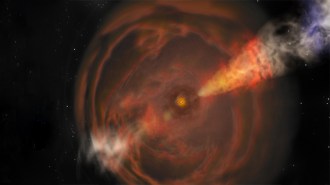 Space
SpaceA weird cosmic flare called the ‘Cow’ now has company
Scientists have now found three similar luminous, short-lived bursts of light, part of a class known as fast blue optical transients.
-
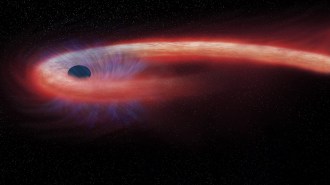 Physics
PhysicsA star shredded by a black hole may have spit out an extremely energetic neutrino
A star’s fatal encounter with a black hole might have produced a neutrino with oomph.
-
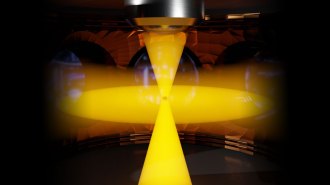 Quantum Physics
Quantum PhysicsPhysicists exploit a quantum rule to create a new kind of crystal
Cold atoms can form crystals as a result of the Pauli exclusion principle.
-
 Physics
PhysicsPhysicists have found a way to foil a classic oobleck science trick
Cornstarch and water solidifies under impact, but a new technique can make it remain a liquid.
-
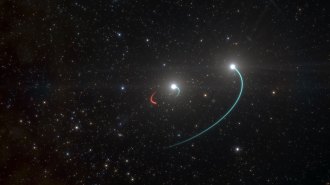 Space
SpaceThe closest black hole to Earth may have been spotted 1,000 light-years away
What appears to be the closest black hole to the solar system shares orbits with two massive stars, a new study finds.
-
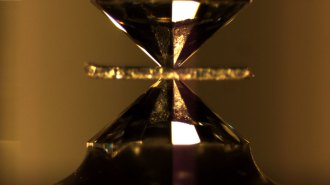 Physics
Physics50 years ago, superconductors started feeling the pressure
Today, high-pressure superconductors are a hot topic. 50 years ago, scientists were just starting to explore the possibilities.
-
 Physics
PhysicsA newfound superconducting current travels only along a material’s edge
In a first, scientists spot electricity flowing without resistance on the rim of a topological superconductor.
-
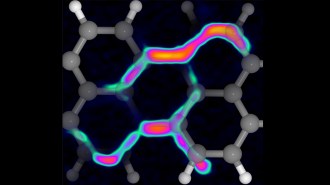 Physics
PhysicsScientists ‘strummed’ a molecule’s chemical bonds like guitar strings
Scientists dragged an atomic force microscope tip, with a single carbon monoxide molecule dangling from it, across a chemical bond.
-
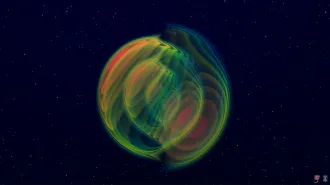 Physics
PhysicsGravitational waves have revealed the first unevenly sized black hole pair
For the first time, LIGO and Virgo scientists spotted gravitational waves produced when one big black hole merged with a smaller one.
-
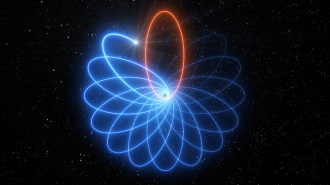 Physics
PhysicsA star orbiting the Milky Way’s giant black hole confirms Einstein was right
An oddity previously seen in Mercury’s orbit has been spotted in a star circling the supermassive black hole at the Milky Way’s center.
-
 Quantum Physics
Quantum PhysicsNew quantum computers can operate at higher temperatures
Silicon chips operate at higher temperatures than many others, raising hopes for building quantum integrated circuits.